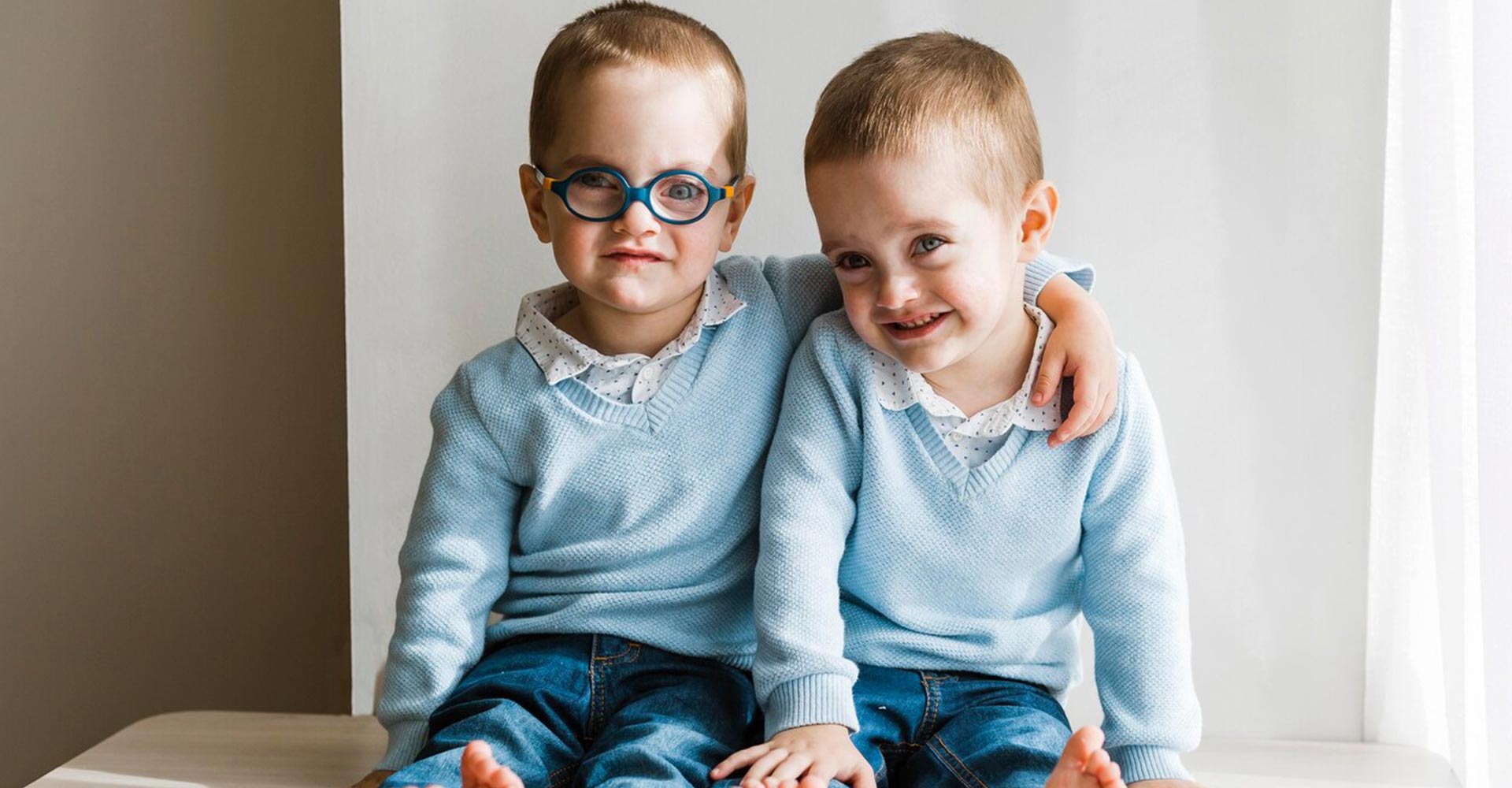Table of contents
Many people are unsure about the differences between monozygotic (identical) and dizygotic (non identical) twins, apart from the obvious physical similarities. Are you one of them? Here, we explain the differences.
In the past, the chances of having a multiple pregnancy after assisted reproduction treatment were quite high. This was due to the fact that it was common for treatment providers to transfer multiple embryos. As a twin pregnancy carries more risk to both the mother and baby, centres such as ours, are committed to a policy of single embryo transfer.
Twins and assisted reproduction
Usually when a double pregnancy occurs after In Vitro Fertilisation (IVF) the babies are dizygotic twins. It is unusual for them to be monozygotic or identical twins, but let’s talk a little more about the types of twins that exist!
There are two types of twins: monozygotic and dizygotic. Monozygotes are those that come from a single egg, while dizygotic are twins that come from the fertilisation of two different eggs and, therefore, are genetically and physically different.
What are monozygotic twins?
Monozygotic twins are those that come from the fertilisation of a sperm with a single egg and the subsequent formation of an embryo which later divides to form two embryos. Therefore, they are physically and genetically identical twins, since they share the same genetic material.
Types of monozygotic twins
Monozygotic twins are classified into different types depending on the moment of their division.
- Bicorial and bi-amniotic: When the division occurs in the first four days. With this type of pregnancy, each twin has its own placenta and amniotic sac.
- Bi-amniotic monocorial: When the division occurs between days 4 and 8 after fertilisation. These types of twins share a placenta, but each has its own amniotic sac.
- Monoamniotic monochorial: When the division occurs after 8 to 13 days after fertilization. These types of twins have a single amniotic sac and a single placenta.
- Siamese twins: When the division is later and is done after the 13th day after fertilization, the twins may share a placenta and amniotic sac and be cojoined.
Are monozygotic twins exactly the same?
Monozygotic twins are mostly genetically the same. Their differences can be identified by their fingerprints and sometimes one may be right handed whilst the other left handed. Amongst other things there might be slight differences in hair type.
Any difference between two monozygotic twins will be due to environmental factors. Although identical twins come from the same genetic material, there may be differences in their characteristics.
The chances of a monozygotic twin pregnancy
Twin delivery rates obtained via treatment with a patient’s own eggs are 13.6% for each IVF and 10.5% via in Artificial Insemination (AI) according to the latest data from the Spanish Fertility Society (SEF). At Tambre, the multiple pregnancy rate is 1.06%.
Finally, we wanted to confirm that multiple pregnancies as a result of fertility treatment can be avoided or prevented by the transfer of a single embryo. Thanks to the use of excellent assisted reproduction techniques and the latest technology, it is possible to optimize embryo selection and thus maintain a very high probability of pregnancy with a minimal risk of multiple pregnancy.

